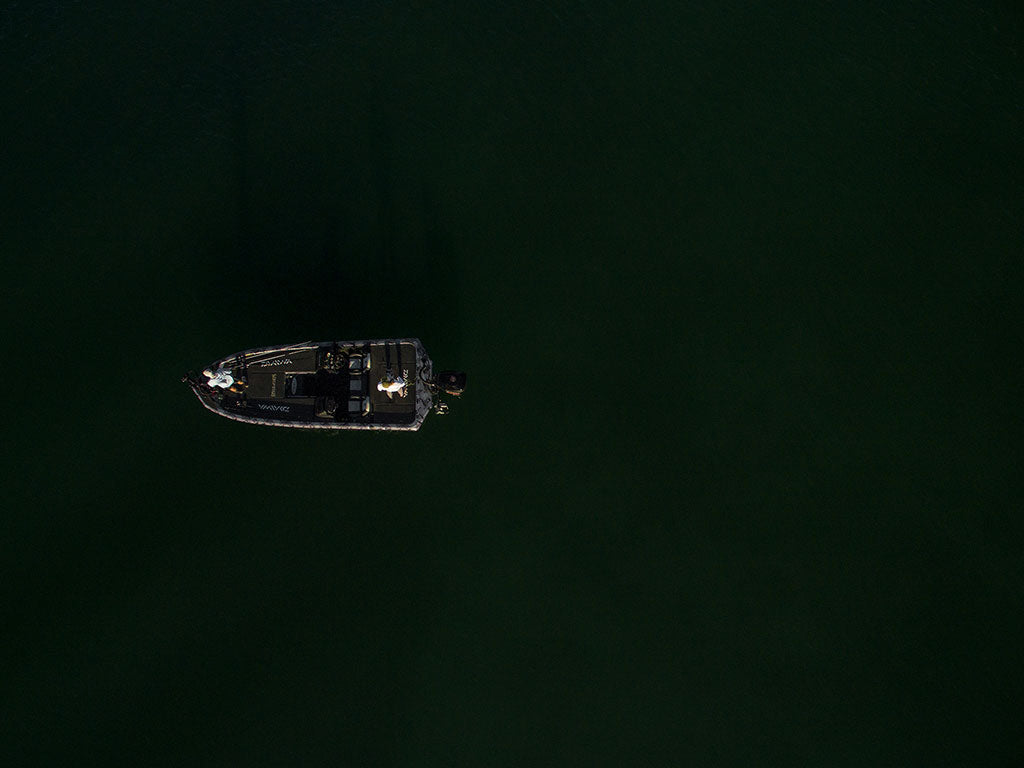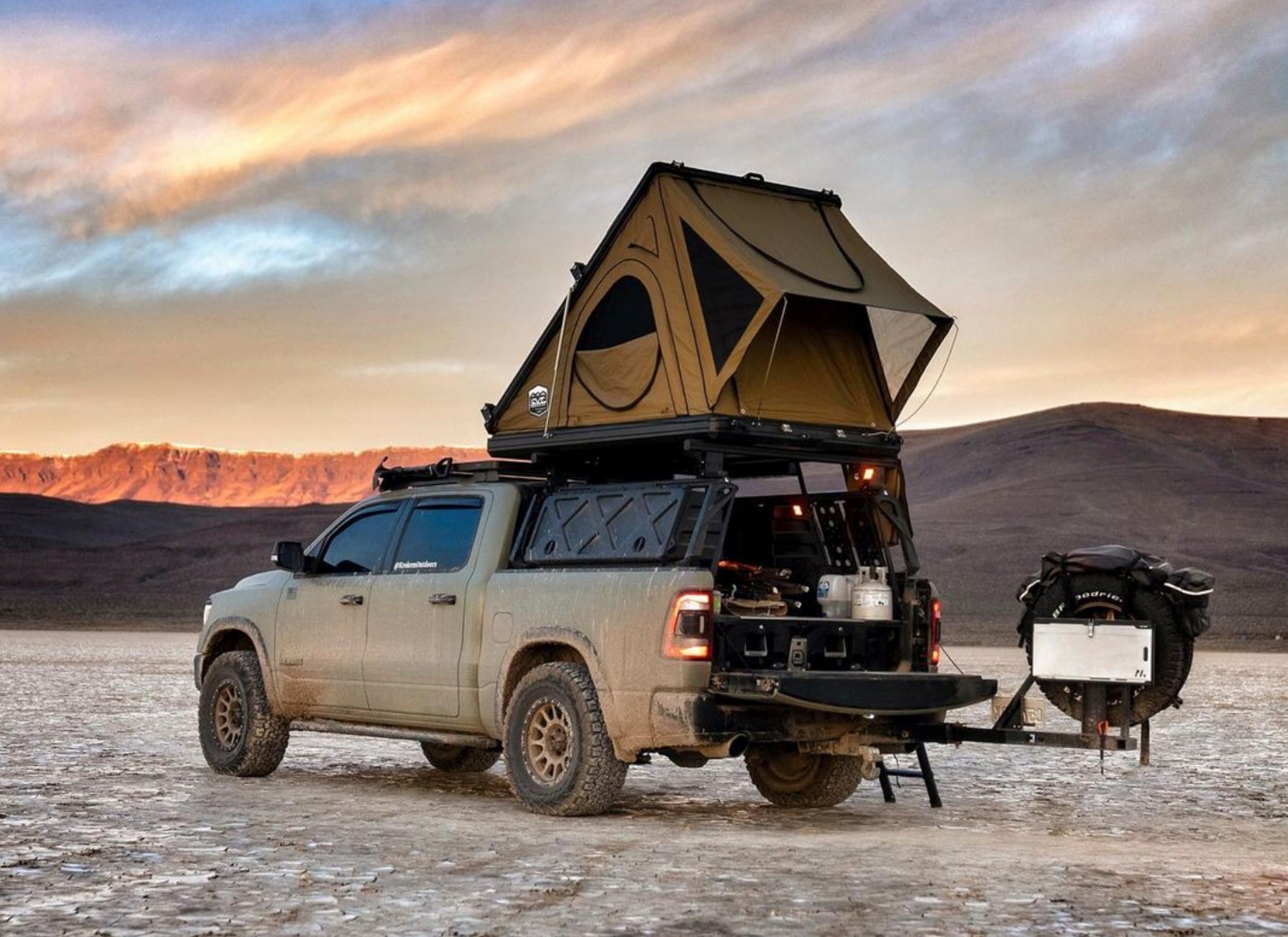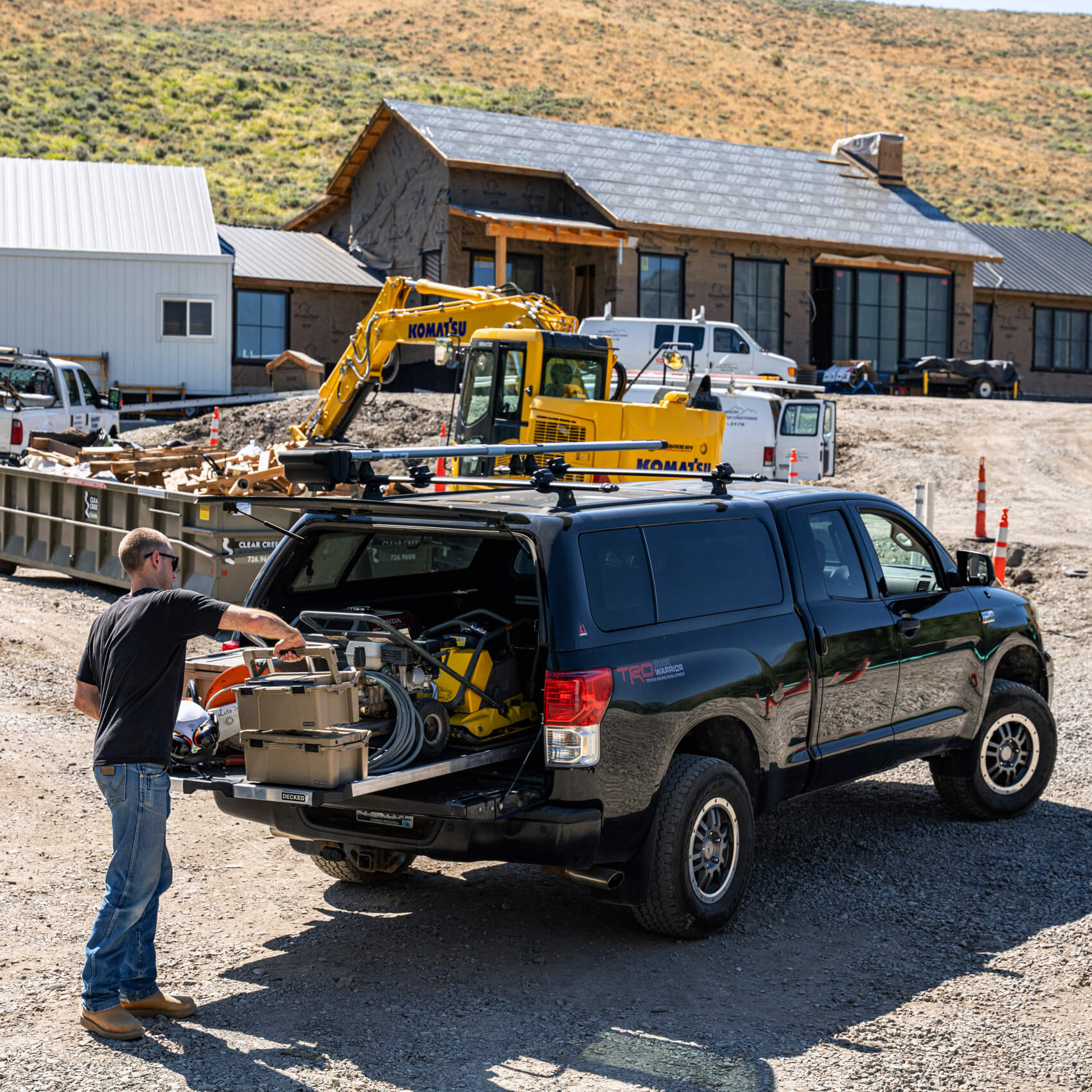BY: SETH BLACKAMORE
A WINTER FLY FISHING ROAD TRIP TO LAKE HAVASU

As we begin the New Year & put away the holiday decorations, what’s on your itinerary for winter fishing destinations? Any road trips planned? If you’re like myself and you live up in the mountains of Central California, then you most likely have a few feet of snow covering your front yard. By the time January comes around I’m ready for a change of scenery and some winter bass fishing usually does the trick!
To get my fix this month I packed the truck and went to Lake Havasu, Arizona to fish with my brother JD Blackamore. JD is a seasoned conventional bass angler out here in the desert who’s also equipped with a bass boat and a bass load of knowledge. Together we spent 5 days targeting smallmouth & largemouth bass, and I did so with the fly rod. In this article I’ll walk you through some fly fishing tips & tricks that helped with my success and show what gear I used.
SHOP DECKED DRAWER SYSTEMS

About the Lake:
Lake Havasu is a desert oasis located on the Colorado River, which makes up the border between California and Arizona. There’s over 400 miles of fishable shoreline & the moderate wintertime temperatures make this fishery a bass angler's dream! Havasu has become such a thriving bass fishing destination that many of the western bass tournaments make an annual stop here. The smallmouth population has really taken off in the last decade, with the new Arizona state record coming in at 6.28 lbs in February of 2017.
6 "Musts" when fishing Lake Havasu in the Wintertime
1. Bass Boat - Lake Havasu is a big lake with lots of water to explore. If you can’t afford a bass boat, then go find a friend or relative with one. Luckily for me, my brother JD has a boat & place for us to stay.

2. Fish Finder - This piece of equipment was a game changer for us. As any bass angler knows locating fish is difficult, but locating structure that fish prefer is critical. Lake Havasu has a variety of fish habitat, whether that be rock piles, deep canyons, grassy flats, fish cages, etc. We found that smallmouth preferred rocky points, deeper canyons and drop-offs primed for ambush opportunities. While largemouth were mostly found in shallow grassy coves, tight to the tules or near dock structures. Having the right gear to know what’s under the water's surface really increases your luck!

3. Trolling Motor - Is a bass boat without a trolling motor still a bass boat?! Seriously, this might be the single most important piece of equipment minus the fishing rod. Lake Havasu has over 400 miles of shoreline and countless coves to explore. Being able to effectively fish each section of shoreline can make all the difference in catching fish or not. Just make sure to occasionally turn on the engine to get those batteries charging back up!

4. Gear Storage for Truck - For many of us anglers, we have more gear than needed and this trip is nothing different. My biggest road trip challenge is finding a way to organize all my gear in my truck, and the new Drawer System from DECKED has been the perfect solution. With many different compartments & storage I can easily travel with all my fly rods and reels in a safe locking compartment! I can’t tell you how much better I sleep at night knowing my gear is locked up while I’m on the road.

5. Polarized Glasses - Sight fishing for bass or just seeing the underwater structure can be a huge advantage, especially here at Lake Havasu with its clean and pristine water from the Colorado River. Don’t forget your polarized shades at home!

6. Dress Warm & Bring Layers - Even though Arizona has warmer wintertime averages than most places in the country, you’ll still want to withstand the chilly mornings running the boat on the open water. Do yourself a favor and be prepared for varying temperatures throughout the day.
On the Water
On the first morning of our 5-day trip we launched the boat before sunrise, as the day's anticipation grew. The distinct smell of the morning desert heightened my excitement and I know I’m far from the snowy driveway at my house. My brother dropped the trolling motor as we pulled up to a rocky point with a deep drop-off. My first cast of the trip gets bit by a hard pulling smallmouth bass, which tipped the scales at 4 1/2 lbs, my biggest to date. My heart raced as I placed the fish into the live well. Soon my brother hooks up and the trip is off to a great start!

Techniques Differ
Fishing for smallmouth bass requires somewhat of a different technique than fishing for largemouth. Most of the smallmouth we caught were on a slower retrieval and in much deeper water near rocky points or drop-offs. It was important to be patient and allow my fly line to sink to the appropriate depth, usually in the 10-15ft zones. While I waited for my streamer to sink I got a lot of bites on the dead drop. And once I reached my desired depth, I found that slower sharp twitches followed by pauses of 2-4 seconds were producing the most action.
The largemouth, as I mentioned earlier, preferred shallow grassy coves with a faster retrieval. My brother was getting most of his success while ripping jerk baits through the grass, often times coming up with a handful of grass on his bait. I began mimicking his technique the best I could with my fly rod setup and soon I started hooking more largemouth bass.

My Fly Rod Setups
Smallmouth Bass
Fly Rod: 8wt 8’9’’ Payload by Sage (Shorter in length but faster in action, the Payload makes casting big flies easier while ensuring more responsive and successful hook sets from these boney-mouthed bass)
Fly Line: Outbound Short (I/S5/S7) by Rio for fishing 6-12 feet deep.
Leader: Straight 15lb Fluorocarbon. Can vary based on water clarity & fishing style. For clearer water try sizing down if the fish are wary.
Fly Reel: Spectrum Max by Sage

Largemouth Bass
Fly Rod: 6wt 9’ Igniter by Sage. (Ultra fast action with plenty of casting power and distance no matter which bulky fly you’re throwing)
Fly Line: Outbound Short (Full Intermediate) by Rio for fishing 3-5 feet deep.
Leader: Straight 15-20lb Fluorocarbon. When ripping streamers through grass I increased the leader size so I wouldn’t lose as many flies.
Fly Reel: Spectrum Max
Flies/Streamers: I tie up my own streamers replicating local baitfish. For Lake Havasu, Shad is the popular baitfish. 4-5’’ in length and a trailer hook in the rear of the streamer for any of those “short bites.” After I put a few fish in the live well I noticed some bass had spit up half eaten crayfish, and soon I began getting bites with the bright orange and red crayfish patterns.

I also recommend having an additional floating setup for top-water poppers using frog or mice patterns. Being able to quickly switch between setups based off the varying depths & structure will allow you to cover the water more efficiently and will help you keep up with the conventional bass anglers and their numerous rigged rods.






